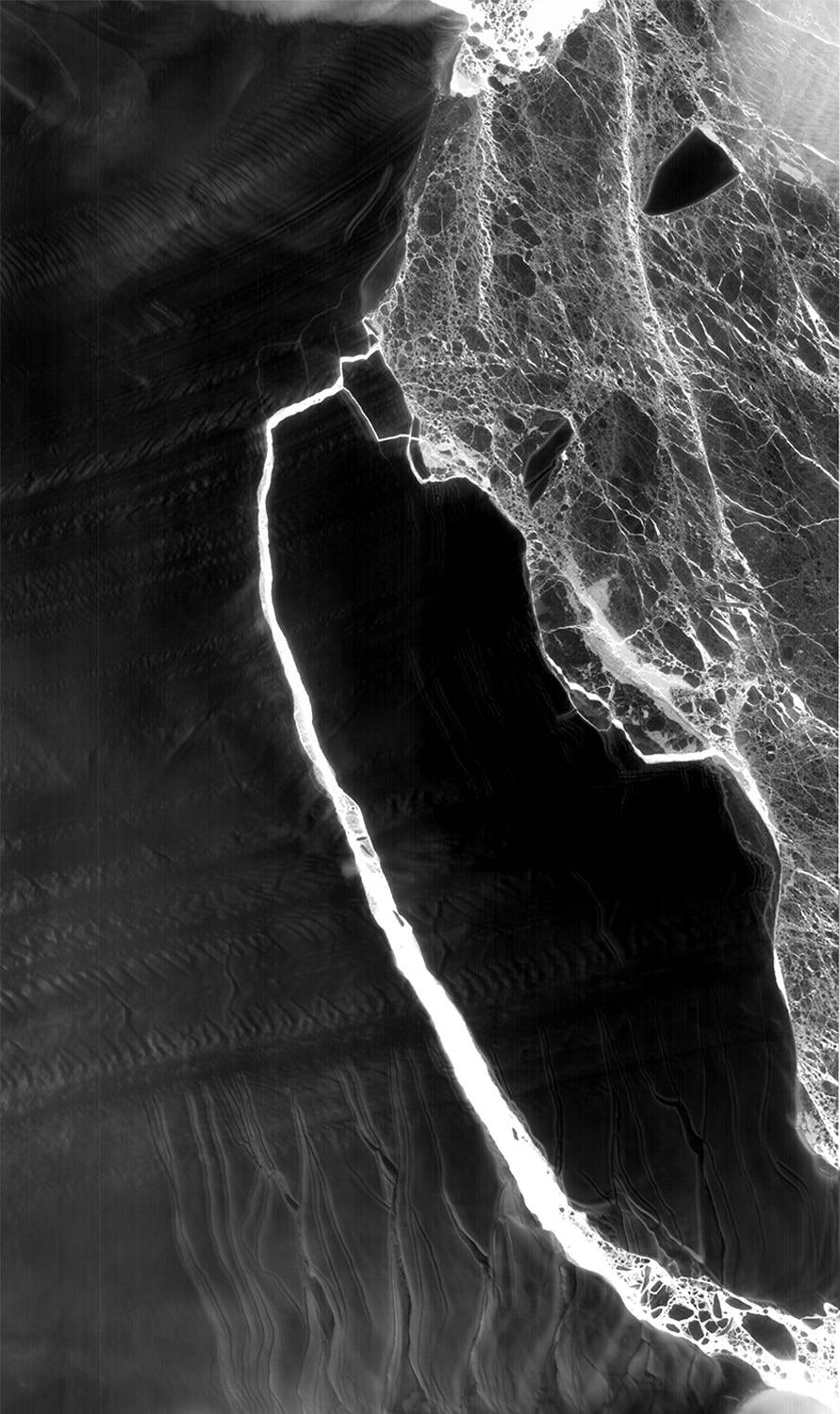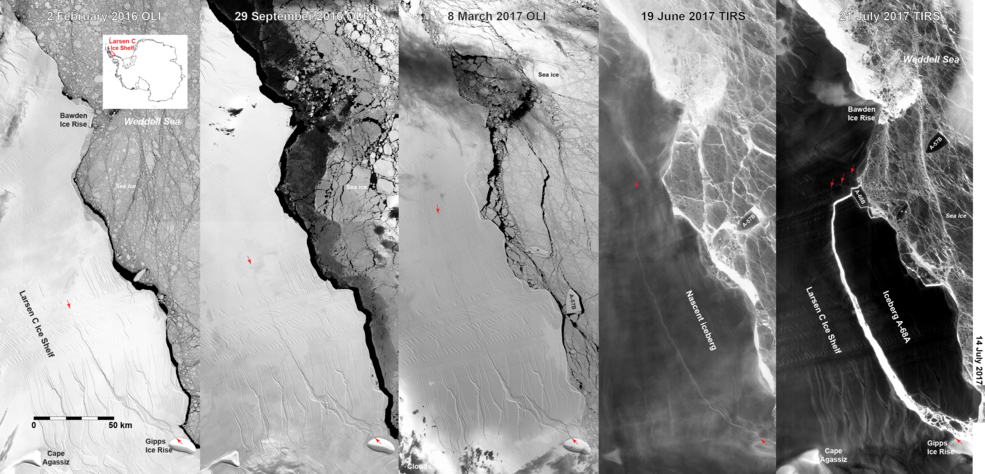[Source: Maria-Jose Vinas Garcia, NASA’s Earth Science News Team]


For more information:
+ Massive Iceberg Breaks Off From Antarctica
+ Here’s how we were able to see that giant chunk of ice break off of Antarctica, Popular Science

A Rendezvous with Landsat
NASA outreach specialists led educators through a workshop on accessing and utilizing Landsat data at the annual Earth Educators’ Rendezvous.





